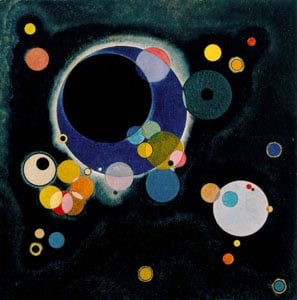

Some topics would be chinampas, their use of obsidian for tool making, the evolution of the teosinte plant into multiple maize varietals, farm forests, dung canoes, maguey plant cultivation, lake ecosystem for food (from axolotls to lake skum tortillas), dual canal aqueducts, three sisters agriculture, and the methods of distribution via marketplace & the royal state.







Without access to large livestock the inhabitants of Lake Texcoco needed a source of fertilizer. The only available option at scale was night soil (human dung). This led to a contender for the worst job in history, dung collector. Dung was collected at designated sites (public toilets) and transported via canoe to either farms or at large dumping (pun not intended) sites to be purchased at market.